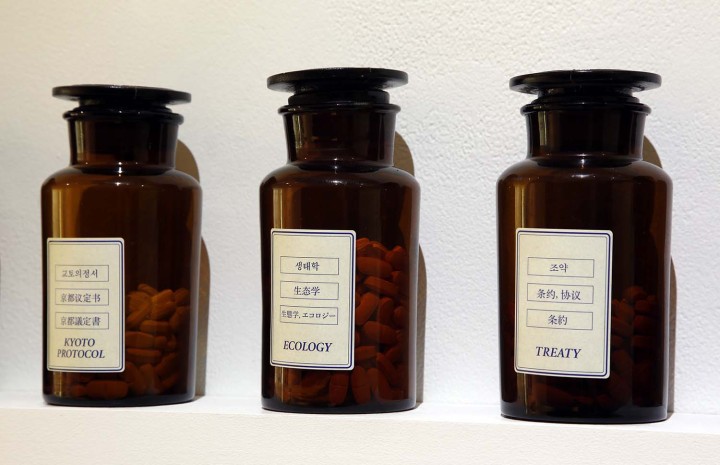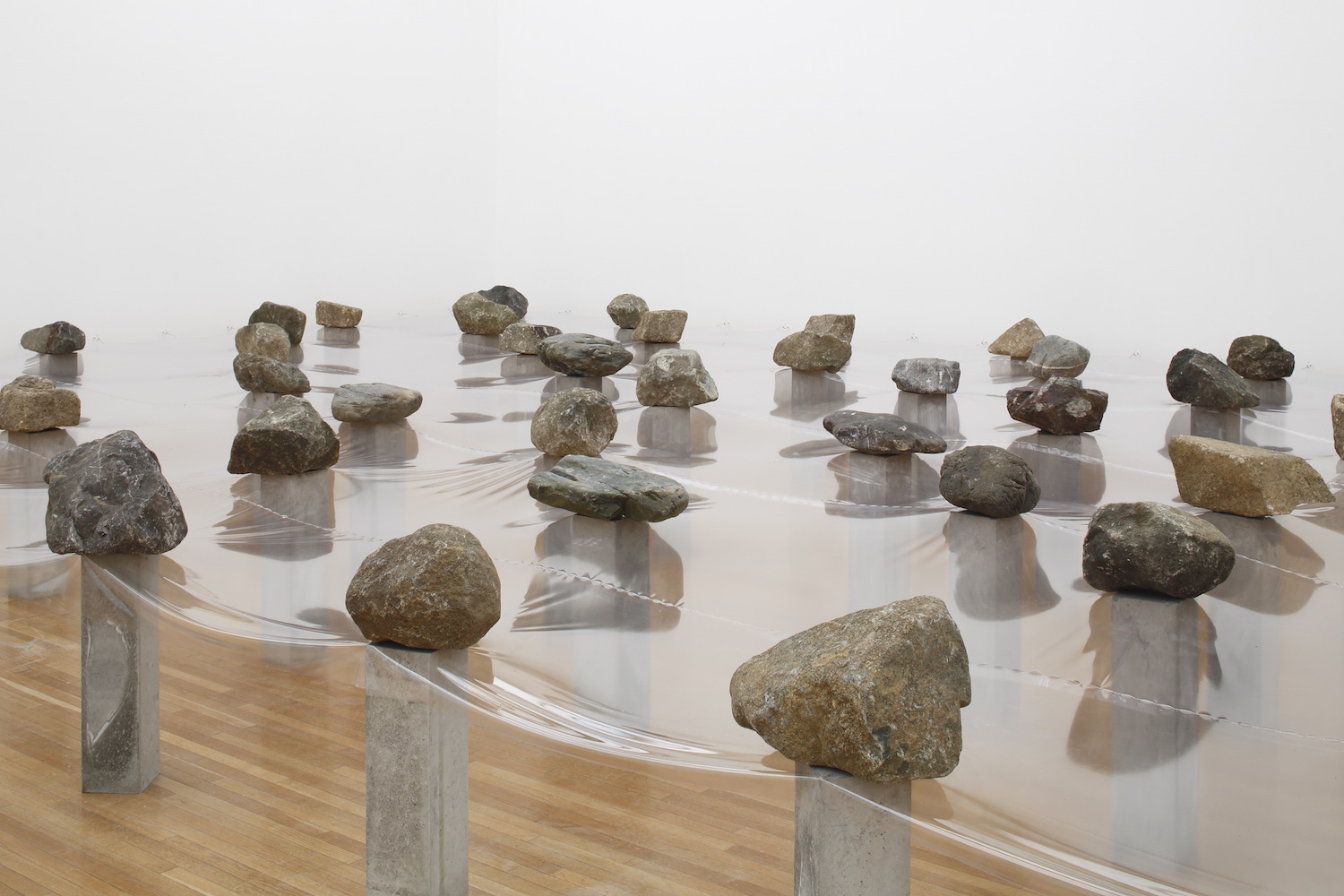In his first project in Japan after his installation Between the Frames: The Forum traveled to Yokohama Portside Gallery in 1997, Barcelona-born, New York–based artist Antoni Muntadas’s solo exhibition at 3331 Arts Chiyoda in Tokyo displays material he has collected to highlight the national traits of three Far Eastern countries.
Your exhibition “Asian Protocols” is instructive — even pedagogic — but many of the images and documents on exhibit provoke a sense of déjà-vu: a repetition of Asian “stereotypes” — as you suggest in your exhibition notes — as observed by a Westerner. What brought you to focus on this region?
“Asian Protocols” is at its origin an objective research and subjective approach to the issues related to protocols in Asia. I conceive protocols as a series of regulations, rules and agreements that each society constructs in its culture. As an outsider, my view reflects and reacts to issues that this part of the world (South Korea, Japan and China) is not habituated to debating and discussing. The role of an artist is to testify to contemporary phenomena and the subject of observation and analysis. If “Asian Protocols” observes similarities and differences between the three countries, its “Dialog” section will bring up questions regarding historical conflicts between the countries. This has tended to be seen in a very polite, diplomatic way, but here I have tried to present the questions in a very realistic situation.
Having in mind the history of the countries and, especially, the incessant political and social friction in this region, “Asian Protocols” sounds like fresh bait thrown into a dense fishpond — all kinds of “fish” in these countries will fight for the best nutrition in support of their argument. Looking at it must be fun. Will it function as the best platform for exploring convoluted political/social/cultural similarities and differences between the three nations, and for revising stereotypes?
More than one section of the show features material products from each country as readymades that function as a mirror, precisely to deconstruct stereotypes. This is the case with the “Cartographies” and “School Textbooks” sections. There, one country is placed close to another, and relationships, juxtapositions and confrontations are made so that we can go away from exotic and Occidental views. It functions as a mirror.


